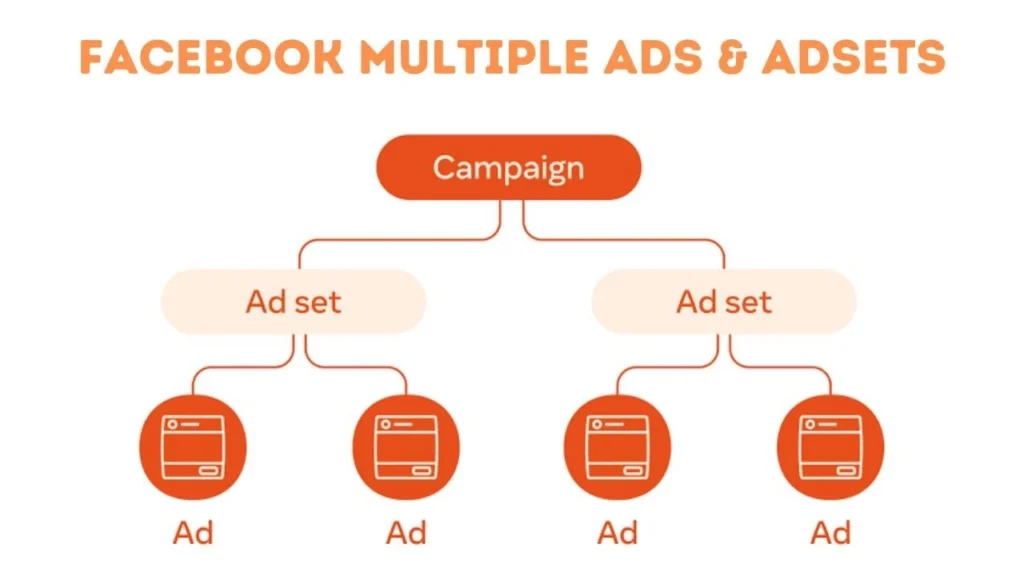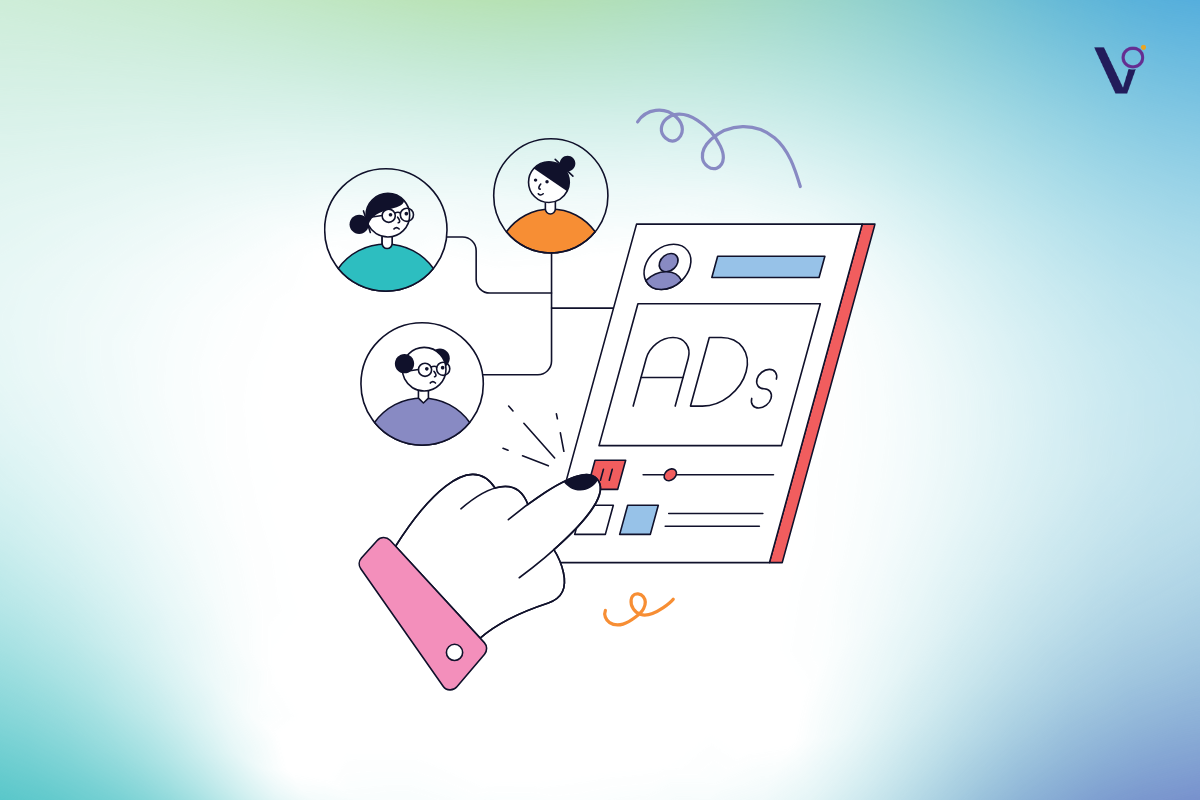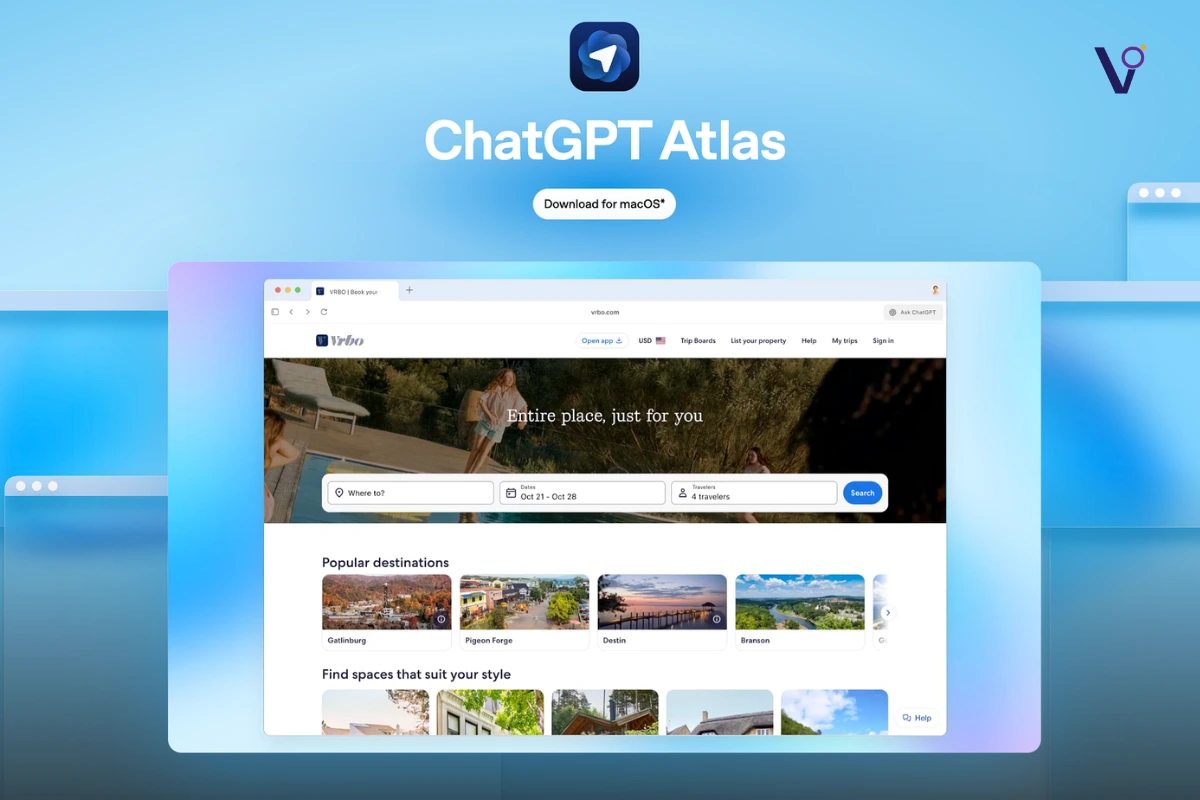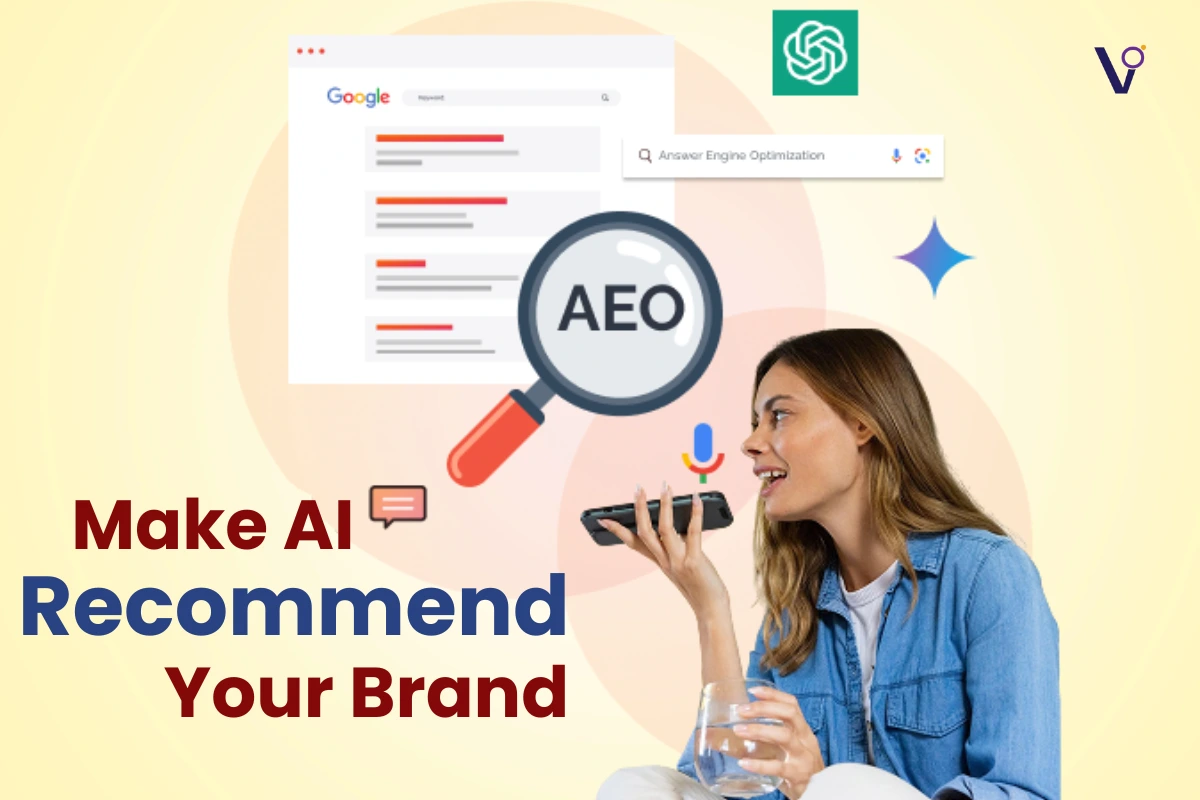After countless tests and lots of trial and error tries, it’s time to reveal our updated recommended Facebook ad campaign structure. You might be wondering, “Can I even make such a drastic change?“ Well, yes, and it’s high time we dive in.
Fewer Ad Sets for the new Facebook Ad Campaign Structure
For years, the prevailing advice for Facebook advertisers was to run multiple ad sets with diverse targeting options. Why? To analyze the cost per result for each option and refine your strategy. But here’s the twist: with advancements in Meta’s machine learning, this data-intensive approach is no longer as crucial.
Now, tools like Advantage+ audiences and open targeting have taken center stage, making manual targeting efforts much less important. Here’s why it’s better to consolidate your ad sets into one:
- Faster Learning: Imagine spreading a $100 daily budget across four ad sets—it’s just $25 per ad set per day. By combining that budget into a single ad set, Facebook’s AI gets more data faster, optimizing your campaign quicker and delivering better results.
- Avoid Audience Overlap: Most targeting options now overlap heavily, even when using different categories like interests or lookalike audiences. This redundancy negates the need for multiple ad sets, reducing inefficiencies.
- Eliminate Auction Overlap: Having multiple ad sets from the same advertiser competing in the same auction can confuse Facebook’s system, drive up costs, and hinder performance.
Here’s the catch. You know this approach is going to work because Meta itself applies these principles in promoting its products like Oculus VR and WhatsApp. Instead of creating multiple ad sets for segmented audiences, Meta consolidates its campaigns into fewer ad sets, leveraging machine learning tools like Advantage+ audiences.
For instance, during the Oculus Quest 2 holiday campaign, Meta used broad targeting instead of splitting audiences into niche segments. This allowed Facebook’s AI to gather insights faster and optimize ads efficiently, resulting in lower costs and higher engagement.
The One-Ad-Set Approach
For most advertisers, the recommendation is clear: one cold audience campaign and one warm audience campaign. Each campaign gets just one consolidated ad set. The warm audience campaign gathers all your retargeting options, while the cold audience leverages broad or Advantage+ targeting.
But does this mean you should never have multiple ad sets? Absolutely not!
When to Use Multiple Ad Sets

There are specific scenarios where splitting into multiple ad sets still makes sense:
- Omnipresent Content Strategy: If your goal is brand building through repeated exposure, you’ll want 8-12 ad sets showcasing various value-driven content, testimonials, and call-to-actions. This strategy thrives on diversity and frequency, not consolidation.
- Testing New Campaigns or Creative: Separate campaigns allow you to test new creatives without Meta automatically favoring existing “winning” ads. A dedicated testing setup ensures your new ideas get a fair chance.
- Product-Specific Campaigns: Advertising distinct product ranges or offers? It’s better to separate these into their own campaigns to avoid audience and message confusion.
How Many Ads per Ad Set?
Meta’s recent guideline advises using six or fewer creatives per ad set. However, this is budget-dependent:
- High Budget ($100+/day): Feel free to test six ads within a single ad set.
- Low Budget: Stick to fewer ads, even just two or three, to ensure sufficient data for optimization.
For Dynamic Creative Ads, you can test up to 10 variations within one ad set. This flexibility is perfect for tweaking minor elements like headlines or background colors. Advantage+ Shopping campaigns are an exception, as they accommodate large product ranges.
Pro Tips for Text Variants
Meta now emphasizes multiple text optimizations. Instead of duplicating ads for each text variation, you can now test different headlines or descriptions within a single ad. The platform then automatically tests these combinations, serving the most effective versions to specific audiences based on user preferences and behaviors. This approach is particularly valuable for advertisers aiming to maximize engagement with personalized messaging. For instance:
- Dynamic Ad Personalization: Businesses can tailor their messaging by presenting different texts to users, such as price-focused details for budget-conscious shoppers or storytelling elements for engagement-driven users. The feature relies on Facebook’s machine learning to optimize ads for relevance and performance.
- Language Localization: Multiple Text Optimization supports translations, enabling advertisers to reach diverse audiences in their native languages, which broadens market appeal and enhances user connection.
- Simplified Multivariate Testing: Advertisers save time with built-in multivariate testing. They input their variations, and Facebook dynamically tests and identifies the best-performing combinations.
This tool is often used in sectors like e-commerce and lead generation to drive ROI, enhance ad scalability, and improve relevance. It has been compared to Google’s responsive search ads in functionality, reflecting the industry-wide shift toward AI-driven ad management.
The Bottom Line
Consolidating your ad sets is a game-changer for most campaigns. It streamlines data, accelerates learning, and maximizes results. However, when your goals or strategies differ—be it testing or branding—don’t hesitate to adapt your approach.
Want this done for you? Viral Omega specializes in optimizing Facebook and Instagram ads to scale businesses and drive results. Keeping in mind the shift in Facebook ad campaign structure, we will create ads that define success. Book a call today and get to know about the services we provide by tapping on below.
Meta now recommends fewer ad sets to consolidate data, improve AI efficiency, and reduce overlap, optimizing overall campaign performance.
Fewer ad sets allow faster learning, eliminate auction overlap, and enhance budget efficiency with Meta’s advanced AI-driven audience optimization.
Manual targeting is still valid but less crucial. Facebook’s AI now handles audience segmentation better through automation.
Combining ad sets allocates more resources to a single pool, allowing for quicker optimization and better ROI.



